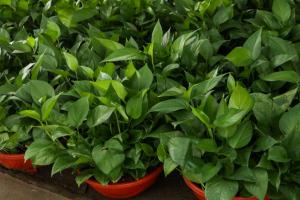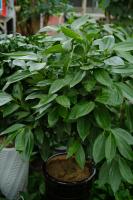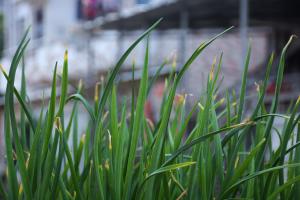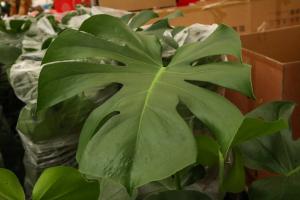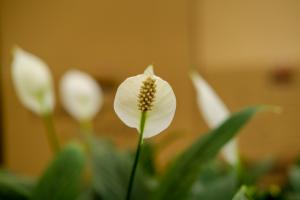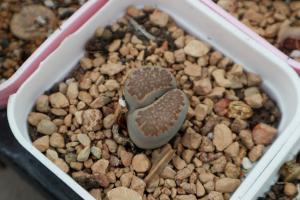What are the little white grubs in my plant pots?
There are few things more frustrating for a gardener than looking forward to the fruits of their labour, only to find that something has taken root in their plant pot – and it’s not what they intended. One common unwelcome visitor is the little white grub. But what are they, and how can you get rid of them?
Identifying the grub
The little white grubs typically found in soil and potting mix in the UK are the larvae of the vine weevil. These grubs have a distinctive white, C-shaped body, with a yellowish-brown head and no legs. They are typically around 1cm long, and can cause significant damage to plant root systems if they are not dealt with promptly.
The damage caused by vine weevil grubs
If left unchecked, vine weevil grubs can cause significant damage to plant roots, leading to stunted growth and ultimately death. They are particularly fond of plants grown in containers or pots, where they can easily burrow through the potting mix and move from one plant to another. Signs that you have a grub problem include wilting leaves, yellowing foliage, and plants that seem to be struggling despite your best efforts to care for them.
Effective control measures
If you’ve identified vine weevil grubs in your potting mix, don’t despair – there are a number of control measures that can effectively eliminate the problem. One option is to use a biological control, such as nematodes, which are a type of microscopic worm that feed on the grubs. These are available from most garden centres and can be applied easily using a watering can or sprayer.
If you prefer a more hands-on approach, you can also try manually removing the grubs from the potting mix using a small trowel or even just your hands (if you’re not squeamish!). While this won’t eliminate the problem entirely, it can help to reduce the number of grubs and limit their ability to spread to other plants.
Preventative measures
Of course, prevention is always better than cure, and there are a number of measures you can take to prevent vine weevil grubs from becoming a problem in the first place. One simple solution is to avoid reusing potting mix from infected plants, and instead opt for fresh compost or sterile potting mix. You can also discourage adult vine weevils from laying their eggs in your pots by placing a layer of gravel or grit on top of the potting mix – this creates an inhospitable environment for the weevils to lay their eggs.
Finally, you might consider planting natural repellents such as lavender or rosemary alongside your other plants. These herbs are not only attractive but will also help to repel vine weevils and other common garden pests.
Conclusion
While vine weevil grubs can be frustrating and damaging, they are by no means a death sentence for your plants. With a little patience and persistence, you can effectively eliminate the problem and keep your garden thriving.

 how many times do yo...
how many times do yo... how many planted tre...
how many planted tre... how many pine trees ...
how many pine trees ... how many pecan trees...
how many pecan trees... how many plants comp...
how many plants comp... how many plants can ...
how many plants can ... how many plants and ...
how many plants and ... how many pepper plan...
how many pepper plan...